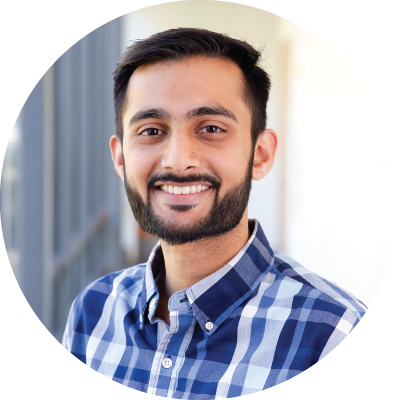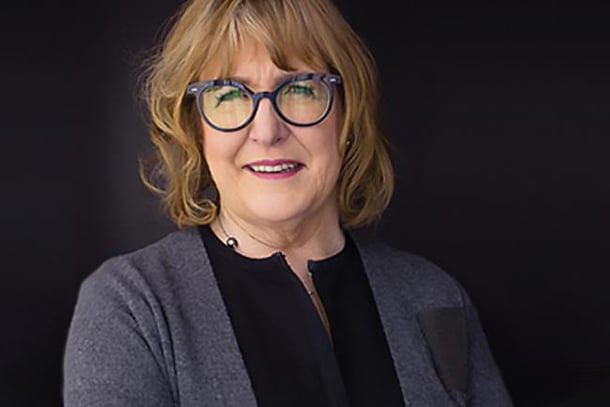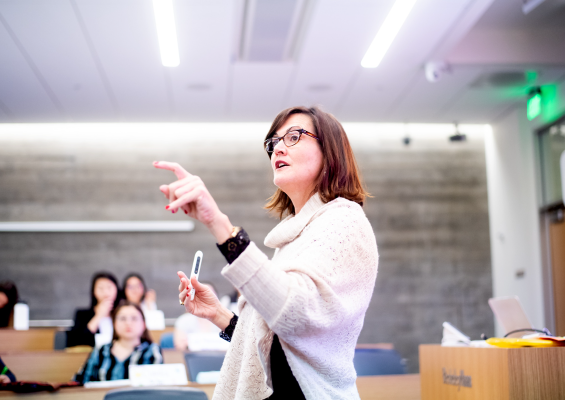Maura O’Neill, named by former President Barack Obama as the first chief innovation officer of the US Agency for International Development, is a serial entrepreneur and a gifted teacher and mentor. She advises start-ups, global companies, foundations, and government agencies, and she co-leads the Aspen Institute for Global Health Ideas Incubator.
Maura’s areas of interest extend from breakthrough innovation and entrepreneurship to blockchain strategy, digital money, as well as issues of women and racial, ethnic and gender equity. Among the classes she teaches are New Venture Finance, Blockchain Technology, and Leadership. She also leads the Berkeley MBA for Executives public policy immersion week in Washington, D.C.
Your career has bridged policy, politics, entrepreneurship, and academia. Where do these fields intersect and what are the synergies?
They do intersect, and in a very significant and profound way. Most of the challenges and opportunities we face as a society involve an overlap between the public sector and government. Like how social media can conflict with privacy rights, for example, or how income inequality is affecting our society. The answers have to be forged between government and the private sector.
I’ve spent my life in the intersection of big challenges. To help solve them, you have to have the expertise and the vocabulary to speak to both business and government. And academia is critical because if we are going to curate the next set of business and global leaders, we have to give them competence in the government and business sectors.
That’s part of what we do with the EMBA public policy immersion week in Washington, D.C.. We do a whole semester’s work in one week. Students see 30-35 speakers. In the past we’ve gone to the White House, the Pentagon, the Supreme Court, and Congress. But we also talk about how government can sometimes become a force for evil by going to the Holocaust Museum, the African American Museum, and the Newseum.
Your PhD research focused on narrow-mindedness and the errors this leads to in science, business, and politics. What did you find out?
I discovered we are hardwired for narrow-mindedness. And often, it’s actually a good thing. We need to make quick decisions. If I’m in an airplane, I don’t want my pilots to be innovating along the way. I want them to be operationally focused and excellent. The problem is that when we are faced with new challenges or new opportunities, narrow-mindedness can be a disaster. If we are going to thrive as a society, we need to set aside our narrow-mindedness; we need broad-mindedness. As Andy Grove [founder of Intel] said, it’s innovate or die. So how do we create a methodology to do that?
My raison d’etre has always been to have the biggest impact."
The word “innovation” gets bandied around a lot. As a practical matter, how does one teach innovation or draw it out in others?
First it gets back to narrow-mindedness, which is the enemy of innovation. I teach that innovation occurs because you have the broadest set of inputs. You don’t have blinders on; you are a voracious learner. If you hated math, learn to code. If you hated reading, read a book.
Second is where you put the focus. Albert Einstein said that most people spend 90 percent of their time on the solution and he spent 90 percent of his time on the problem. You need to define the problem broadly enough that you can have a variety of solutions.
You’ve been honored with the Cheit award for excellence in teaching three years in a row. What’s your secret?
I think its twofold. It’s keeping your information and curriculum incredibly relevant and tied to the most pressing dilemmas your students have. But the real secret sauce is that I care deeply about them personally and professionally. I’ve had 1,000 students and former students over the years, and hardly a week goes by that I don’t hear from more than one of them.
And the Bay Area plays a role. Economically, it has become this incredible place. It’s not coincidental that this is a place that has always welcomed all sorts of people. Diversity is part and parcel of it. If you create the next generation of leaders, you need people with all different backgrounds and genders. Berkeley has curated an amazing student body—it attracts some of the smartest, most engaged people in the world.
What’s the common thread in your career, which has ranged from curbside recycling and remote meter reading to developing public-private partnerships for USAID to blockchain and cryptocurrency strategy?
My raison d’etre has always been to have the biggest impact. When I was a kid, my parents’ commitment to service made me feel that every problem had my name on it. Later I had to learn to choose which problems to focus on. But I’ve always been deeply committed to a freer, fairer, more prosperous world. So I’ve asked, how can I have that impact? I used to have that impact by doing; now I leverage it by teaching, and some doing.
The expertise and insight your professors bring helps deepen and enhance your MBA journey. By selecting a top school with top-notch professors, you maximize your experience.
Read more from the Take 5 with a professor series:
- Bill Pearce says most important trait of a successful marketer is empathy
- Dave Rochlin talks flipping the classroom: MBAs learn by doing
- Clark Kellogg shares how he teaches design thinking, creativity, and innovation
- Jennifer Cohen talks equitable and inclusive leadership
- Jenny Chatman gives three benchmarks of an effective organizational culture
- Lucas Davis shares hardest economic concept for MBA students to grasp
- Kellie McElhaney talks equity fluency, courage, and vulnerability









